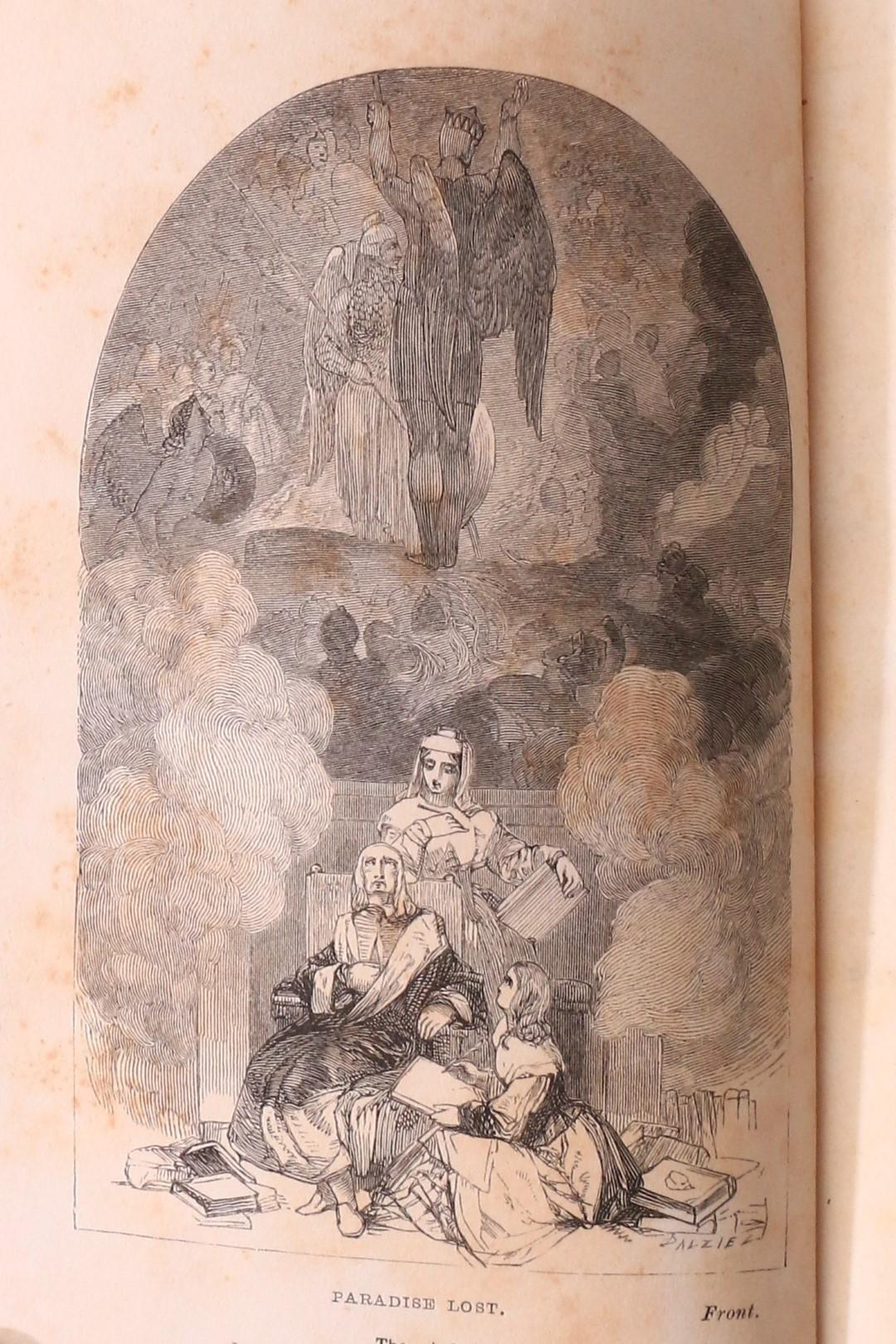
Both narratives are written in blank verse, or unrhymed iambic pentameter. Described as lust of eyes, lust of body, and pride of life, these temptations are meant to debase Jesus’ mind, soul, and heart.īy studying the differences between Paradise Lost and Paradise Regained, one can learn much about Milton’s distinctive mode of poetic composition. Once more, Jesus turned Satan’s temptations away. He failed yet again, and attempted to sway Jesus by offering him kingdoms and wealth. When that approach failed, Satan turned to trying to manipulate Jesus’ ego. First, Satan tried to sway the would-be savior with hedonism by offering to satisfy his hunger. During this fast, Satan came before Jesus multiple times to lure him into temptation. However, this effort deals primarily with the temptation of Christ as recounted in the Gospel of Luke.Milton’s 1671 epic tells the following story: after Jesus of Nazareth was baptized by John the Baptist, he went into the desert, where he fasted for forty days and nights. Paradise Regained is connected by name to his earlier and more famous epic poem Paradise Lost, with which it shares similar theological themes indeed, its title, its use of blank verse, and its progression through Christian history recall the earlier work. The volume in which it appeared also contained the poet's closet drama Samson Agonistes. Paradise Regained is a poem by English poet John Milton, first published in 1671 by John Milton. It is considered by critics to be Milton's major work, and it helped solidify his reputation as one of the greatest English poets of his time. A second edition followed in 1674, arranged into twelve books (in the manner of Virgil's Aeneid) with minor revisions throughout and a note on the versification.

The first version, published in 1667, consisted of ten books with over ten thousand lines of verse.

Paradise Lost is an epic poem in blank verse by the 17th-century English poet John Milton (1608–1674).


 0 kommentar(er)
0 kommentar(er)
